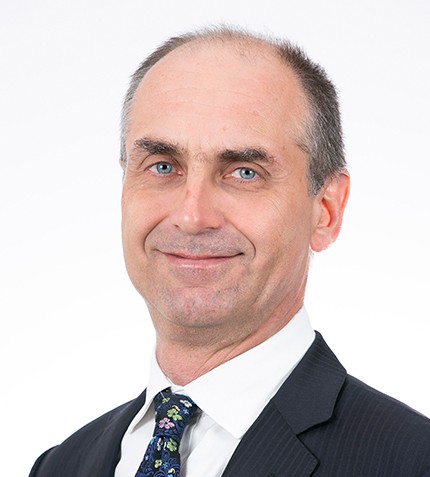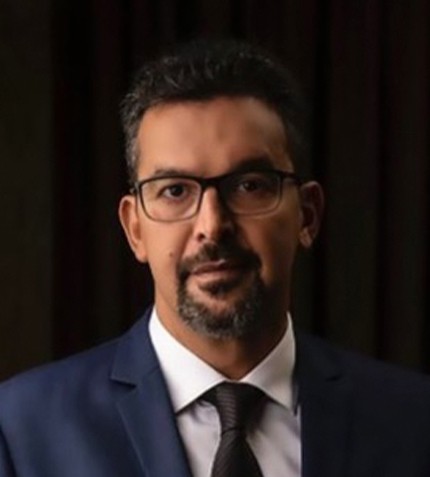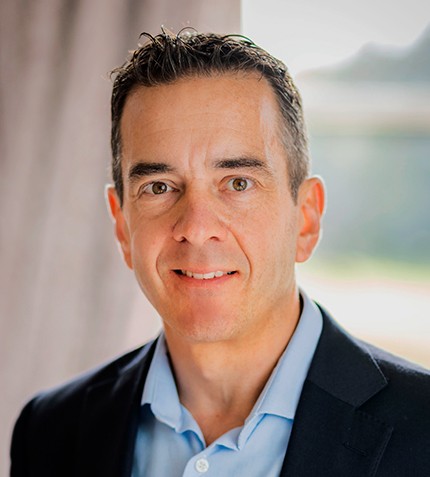
"Lepidico’s strategic objective is to build a sustainable lithium chemical business, vertically integrated from the mine to concentration and conversion to fine chemical production, leveraging our proprietary process technologies, L-Max and LOH-Max."
Joe Walsh
MANAGING DIRECTOR, LEPIDICO
Can you provide an overview of Lepidico?
Lepidico is a lithium development company, listed on the ASX (LPD) since 2016. Lepidico is a unique forward-facing company aiming to become not only a supplier of choice for sustainable lithium chemicals, but also other globally strategic alkali metal compounds. Our proprietary technologies will allow us to become the leader in our field. We are differentiated by the proprietary process technologies that allow us to produce high-purity, nominal battery-grade lithium chemicals from lithium mica and lithium phosphate minerals. The company’s strategic objective is to commercialize its technologies, which have been developed over the past eight years, thereby providing the chemical industry with much needed alternative mineral sources of hard rock lithium.
Pegmatite deposits at the Karibib project in Namibia have historically been mined for tantalite and petalite. However, significant quantities of lepidolite, both in-situ and in surface stockpiles, remain. These resources provide the mineral feed to Lepidico’s Phase 1 project, a vertically integrated development that includes a flotation plant at Karibib that will produce a mineral concentrate for conversion at a new chemical plant to be built in Abu Dhabi that employs the company’s process technologies. This represents a unique development opportunity for the production of lithium, caesium, rubidium and potassium – all valuable and in-demand alkali metals that are on the US’ list of 35 Critical Minerals.
L-Max is our main process technology, which allows us to leach the lithium and other metals within the lepidolite into solution and produce a series of high purity chemical products. LOH-Max is another process technology that enables a lithium sulphate intermediate to be converted directly to lithium hydroxide without production of potentially problematic sodium sulphate, a by-product of conventional process technology.
In addition to lithium, lepidolite also contains significant concentrations of caesium, rubidium, and potassium. These alkali metals are selectively separated as valuable by-products by our L-Max process. The potassium reports as potash, or SOP, a premium fertilizer for which there is a substantial market in the UAE region. The caesium and rubidium are of greater significance as critical minerals.
Have you reached a final investment decision on Phase 1 of the project?
A definitive feasibility study was completed in May 2020. Since then, we have been working on securing the requisite permits and approvals, as well as finalizing product offtake agreements and a full funding package. The project is now fully permitted in Namibia, where we have a granted mining licence, a water extraction permit and an environmental compliance certificate. The permitting process is largely complete in Abu Dhabi, where we are waiting to secure a full funding package before signing the land lease, the terms for which have been agreed.
In October 2020, we entered into a mandate agreement with the US Government’s International Development Finance Corporation (DFC), which provides funding for projects with solid environmental and social credentials located in developing countries. We are currently in the confirmatory due diligence phase with DFC for debt funding for the Namibian part of the project.
How would you describe Namibia as a mining investment destination?
Namibia is one of the top countries for mining in Sub-Saharan Africa in our view. We have been able to establish excellent communication channels with the relevant parts of government and there is a well-established mining industry. At a regional level, local communities are familiar with mining and through ongoing consultation are supportive of development at Karibib, which is essential for our license to operate. Infrastructure in the region is generally good and we only need to build a 30 km power line spur. The power infrastructure is evolving incredibly rapidly, and by around 2025, Namibia expects to generate some 80% of its power from renewable sources.
What are Lepidico’s strategy and objectives for the next two years?
Lepidico’s strategic objective is to build a sustainable lithium chemical business, vertically integrated from the mine to concentration and conversion to fine chemical production, leveraging our proprietary process technologies, L-Max and LOH-Max, and thereby demonstrating their commercial viability. Based on our definitive feasibility study, we will produce approximately 5,000 tonnes of lithium hydroxide per year, plus our valuable by-products. We are looking to make a final investment decision in the second half of 2021, so that we can start mining in Namibia in the second half of 2022, commission the floatation plant in late 2022, followed by the Abu Dhabi chemical plant in early 2023, followed by commercial production. We have excellent environmental and social credentials associated with our project. Our carbon intensity and water usage are low, and we expect to ultimately improve the environment in Namibia as the old mines have never been rehabilitated. We will also provide considerable economic benefits to the local communities where we operate by employing some 115 people at Karibib and creating an estimated 700-800 indirect jobs in the region.










